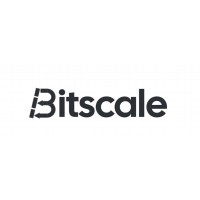What is AI sales workflow?
AI sales workflow automates sales tasks using AI to improve efficiency, lead management, and customer engagement.
What can AI sales workflow do?
It can automate lead scoring, email follow-ups, data entry, and personalized communication to boost sales productivity.
How does AI sales workflow work?
It uses AI algorithms to analyze customer data and trigger actions like sending emails or updating CRM automatically.
Is AI sales workflow easy to set up?
Yes, most AI sales workflows offer simple setup with prebuilt templates and integrations for quick start.
Is AI sales workflow free?
AI sales workflows often have free trials, but most require paid plans starting around $20/month for full features.
What is the common AI sales workflow pricing?
Pricing typically ranges from $20 to $100 per user monthly, depending on features and usage.
What are the types of AI sales workflow?
Common types include lead scoring, email automation, CRM data updating, and predictive sales analytics.
Does AI sales workflow work with email?
Yes, it integrates with email platforms to automate follow-ups and personalize outreach.
What are the best AI sales workflow tools?
Top tools include HubSpot Sales Hub, Outreach, SalesLoft, and Zoho CRM with AI capabilities.
What are common AI sales workflow integrations?
Common integrations include CRM systems, email platforms, calendar apps, and marketing automation tools.








































